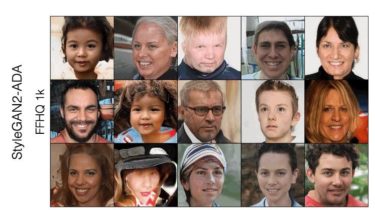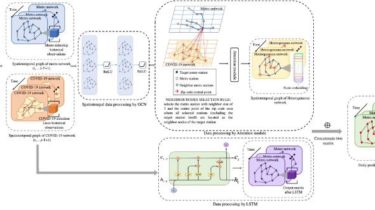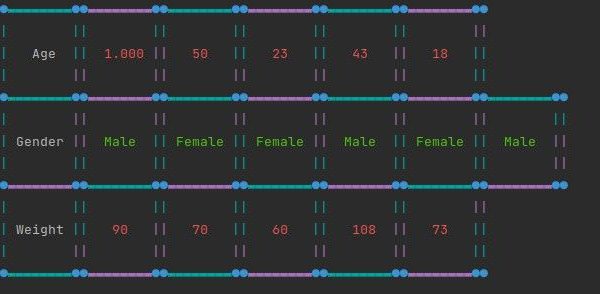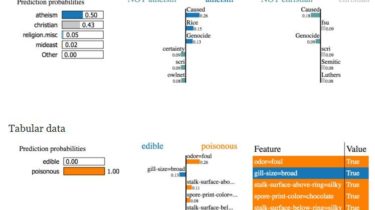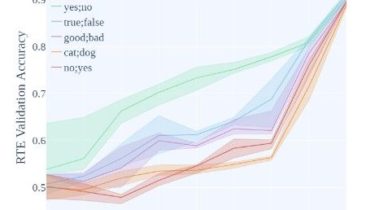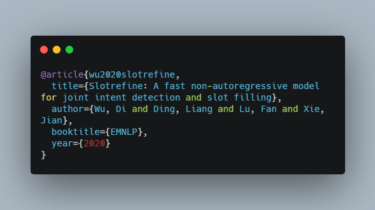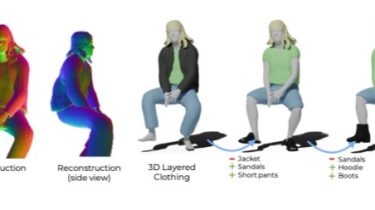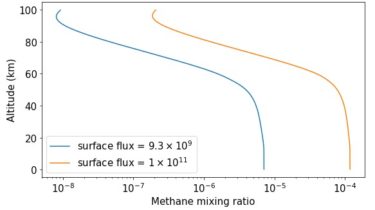Efficient Model Predictive Control Implementation
Efficient Model Predictive Control Implementation The original algorithm can be found: https://www.researchgate.net/profile/Peter-Gibbens-2/publication/270872533_Efficient_Model_Predictive_Control_Algorithm_for_Aircraft/links/54bd90390cf27c8f2814bad5/Efficient-Model-Predictive-Control-Algorithm-for-Aircraft.pdf You can change the system provided with your own and test for convergence of the Quadratic Optimization solver as well, using two QP algorithms Open main.m Define your system parameters and continous time model (LTI) Define your operating point (states X at t = 0), and discretization time. Define weight matrices, upper and lower input constraints (it has to be in order like the example), along with incremental […]
Read more
